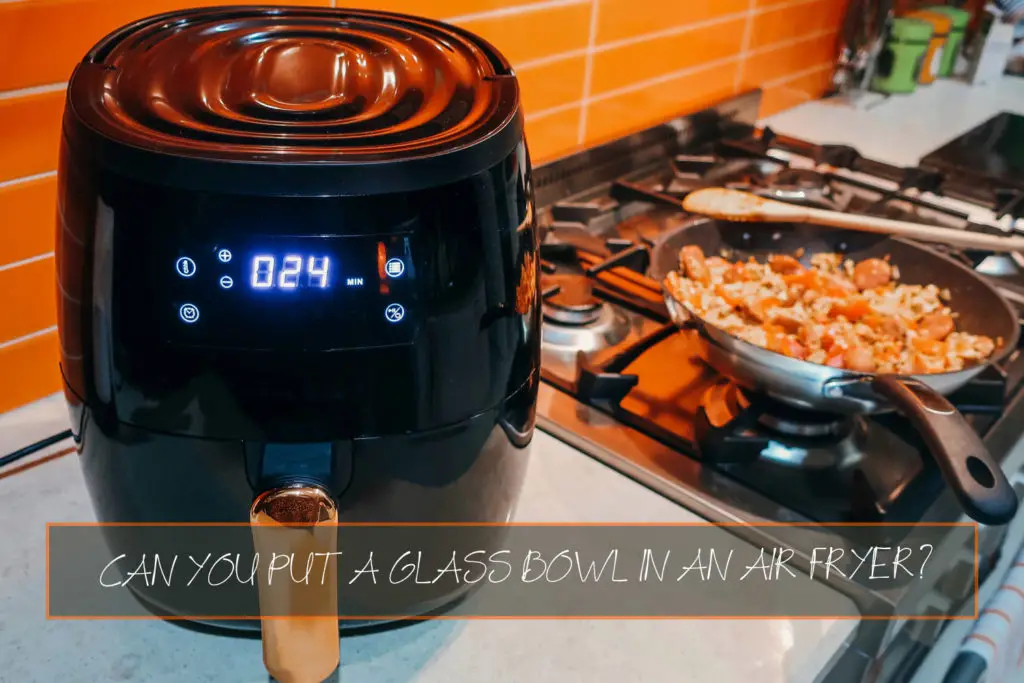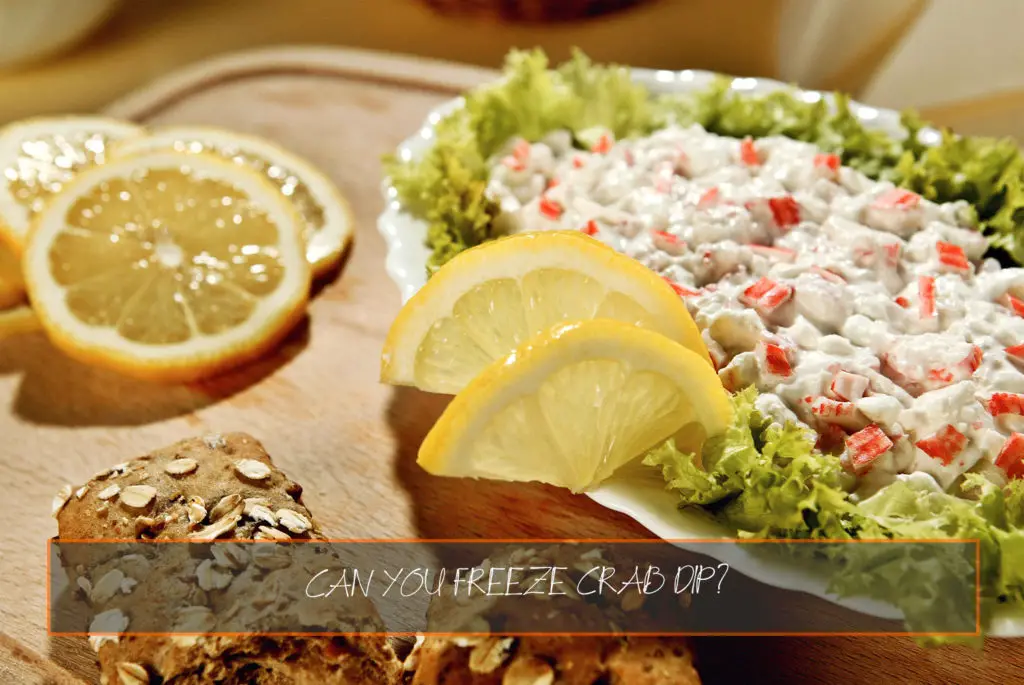Kitchens are the heart of the home, a place for culinary creativity and family gatherings.
Photo by Dmitry Zvolskiy: https://www.pexels.com/photo/chopping-boards-near-oven-under-hood-2062426/
However, they are also a hotspot for pests that are attracted to food and moisture. Dealing with kitchen pests is a common issue faced by homeowners across the United States.
Cockroaches: The Ubiquitous Menace
Cockroaches are a notorious and unwelcome guest in many American kitchens. Their capacity to survive in various conditions makes them a particularly stubborn pest to eliminate.
From high-rise apartments in bustling cities to the quieter homes in rural areas, these pests can be a universal issue.
Addressing a cockroach problem requires a multi-faceted approach that includes identification, prevention, and treatment.
Identifying Cockroaches
Correct identification is the first step in dealing with any pest problem, and cockroaches are no exception.
- Appearance: Cockroaches possess a flattened, oval-shaped body and are generally brown or black in color. They have long antennae and sometimes wings, although not all species are capable of flight.
- Behavior: These pests are primarily nocturnal creatures. If you see one during the day, it could be indicative of a larger, unseen population.
- Signs of Infestation: Keep an eye out for droppings, which look like black pepper grains, or egg cases, which are oblong and brown. A distinct musty odor can also be an indicator of a significant cockroach problem.
How to Deal with Cockroaches
Prevention is Key
- Maintain a high level of cleanliness in your kitchen. Store all food in airtight containers.
- Regularly take out the garbage and ensure the bin has a tight-fitting lid.
- Seal any cracks or crevices in walls, cabinets, and around plumbing where cockroaches might enter.
Chemical Treatments
- Insecticidal sprays and baits can be effective. However, they should be used judiciously, particularly in homes with pets or children.
- Gel baits can be strategically placed in areas where cockroaches frequent.
- Always follow manufacturer guidelines for any chemical treatments.
Professional Help
- If you’ve tried multiple treatments and still face a persistent cockroach problem, it might be time to consult a professional pest control service.
- Professionals can offer more potent treatments and can help identify and target the root of the infestation.
Ants: The Tiny Invaders
Another common kitchen pest is the ant. These tiny creatures are experts at finding food sources, and they are particularly fond of sugary and greasy items.
Identifying Ants
Appearance: Ants are small insects that can range in color from red to black. They are social insects that often work together in colonies.
- Behavior: Ants are particularly good at finding food sources and can create trails that lead from their nest to your kitchen.
- Signs of Infestation: A clear sign of an ant problem is visible trails of ants leading to and from a food source. You may also find ant hills near your home or in your garden.
How to Deal with Ants
Prevention
- Clean up food spills immediately.
- Keep food stored in airtight containers.
- Be attentive to any signs of ant activity and act promptly.
Natural Remedies
- Lemon juice and peppermint oil are natural substances that can deter ants. Apply these on surfaces where you see ant activity.
- Sprinkle cinnamon or coffee grounds around entry points as another natural deterrent.
Chemical Treatments
- Ant baits contain poison that worker ants carry back to the colony, which can be effective in reducing numbers.
- Sprays can provide immediate relief but might not tackle the root of the problem if the colony is not destroyed.
By taking an informed and thorough approach to dealing with these common kitchen pests, you can keep your kitchen a cleaner, more pleasant space and reduce the risk of food contamination.
Fruit Flies: The Unseen Culprits
Fruit flies may be small, but they can be incredibly frustrating. Often appearing as if by magic, these pests are attracted to ripe, rotting, or decaying fruits and vegetables, making kitchens an ideal breeding ground. Their rapid life cycle can lead to large populations in a short amount of time if not promptly dealt with.
Identifying Fruit Flies
Understanding the characteristics and behavior of fruit flies can be crucial for effective elimination.
- Appearance: Fruit flies are tiny, about 1/8 inch in size, and usually have a tan or brownish color.
- Behavior: These flies are primarily attracted to fruits, vegetables, and other organic materials. They are also attracted to fermented items like beer, wine, and drains.
- Signs of Infestation: Frequent sighting of adult flies hovering around fruit bowls, trash cans, or sinks can be indicative of an infestation.
How to Deal with Fruit Flies
Prevention
Storing ripe fruits and vegetables in the refrigerator prevents them from attracting flies.
Dispose of food waste and rotten produce promptly to reduce food sources for the flies.
Use tight-fitting lids on trash cans.
DIY Traps
A simple trap can be made by filling a jar with apple cider vinegar and adding a few drops of dish soap. Cover the jar with plastic wrap and poke small holes in it.
Another option is to use a small bowl of wine or beer with plastic wrap and holes as above.
Sanitation
Regular cleaning is crucial. Focus on drains, garbage disposals, and any place where organic matter may accumulate.
Using enzymatic drain cleaners can help eliminate breeding grounds in sink and floor drains.
Pests and Plants
A kitchen herb garden can add flavor to your meals and beauty to your home, but it can also attract specific pests like aphids and spider mites.
Identifying Plant Pests
- Appearance: Aphids are small, green, and pear-shaped, while spider mites are smaller and may be red, yellow, or brown.
- Behavior: These pests usually congregate on the underside of leaves, which makes them difficult to spot.
- Signs of Infestation: Look for yellowing or curling leaves, tiny webs (in the case of spider mites), or a sticky substance on the plant’s surface (usually from aphids).
Treating Plant Pests
Isolation
The first step in treatment is to isolate the affected plants to prevent the pests from spreading to other flora.
Natural Remedies
A simple spray made from water and a few drops of dish soap can effectively deal with these pests. Spraying the undersides of leaves is crucial.
Other natural options include neem oil or insecticidal soap.
Chemical Treatments
Chemical insecticides are available but should be used as a last resort, particularly for plants that will be consumed.
- Always read the labels carefully and follow all safety instructions.
- Taking these measures can protect both your food and your flora, keeping your kitchen a happier and healthier space.
Final Remarks
Pests are an unfortunate but common issue in kitchens across the U.S. Understanding the types of pests you’re dealing with is the first step to effective treatment. While prevention is the best cure, various treatment options ranging from DIY solutions to chemical treatments are available.
Whether you’re dealing with cockroaches, ants, or pests in your kitchen plants, taking prompt action can save you from bigger headaches down the road. Remember, when in doubt or dealing with severe infestations, professional pest control services are always an option worth considering.








